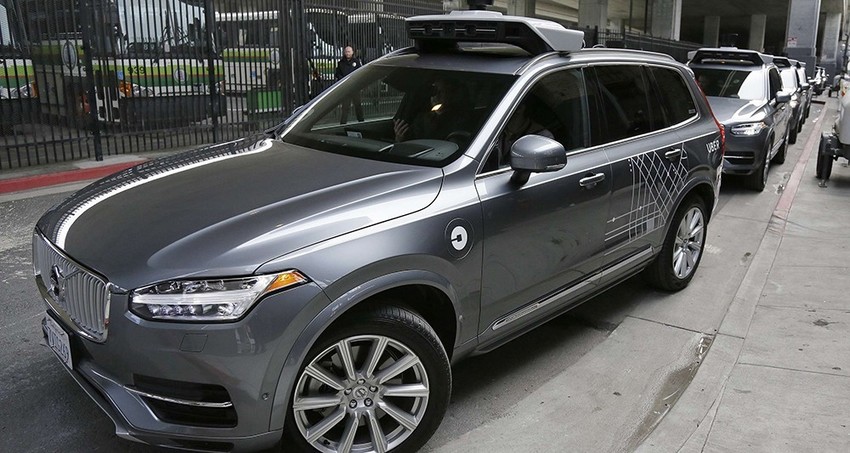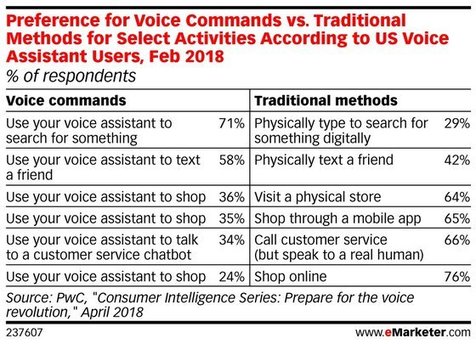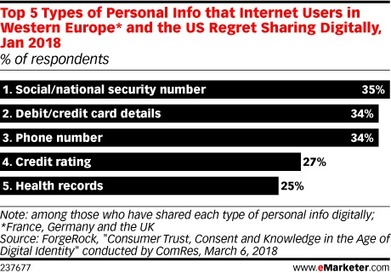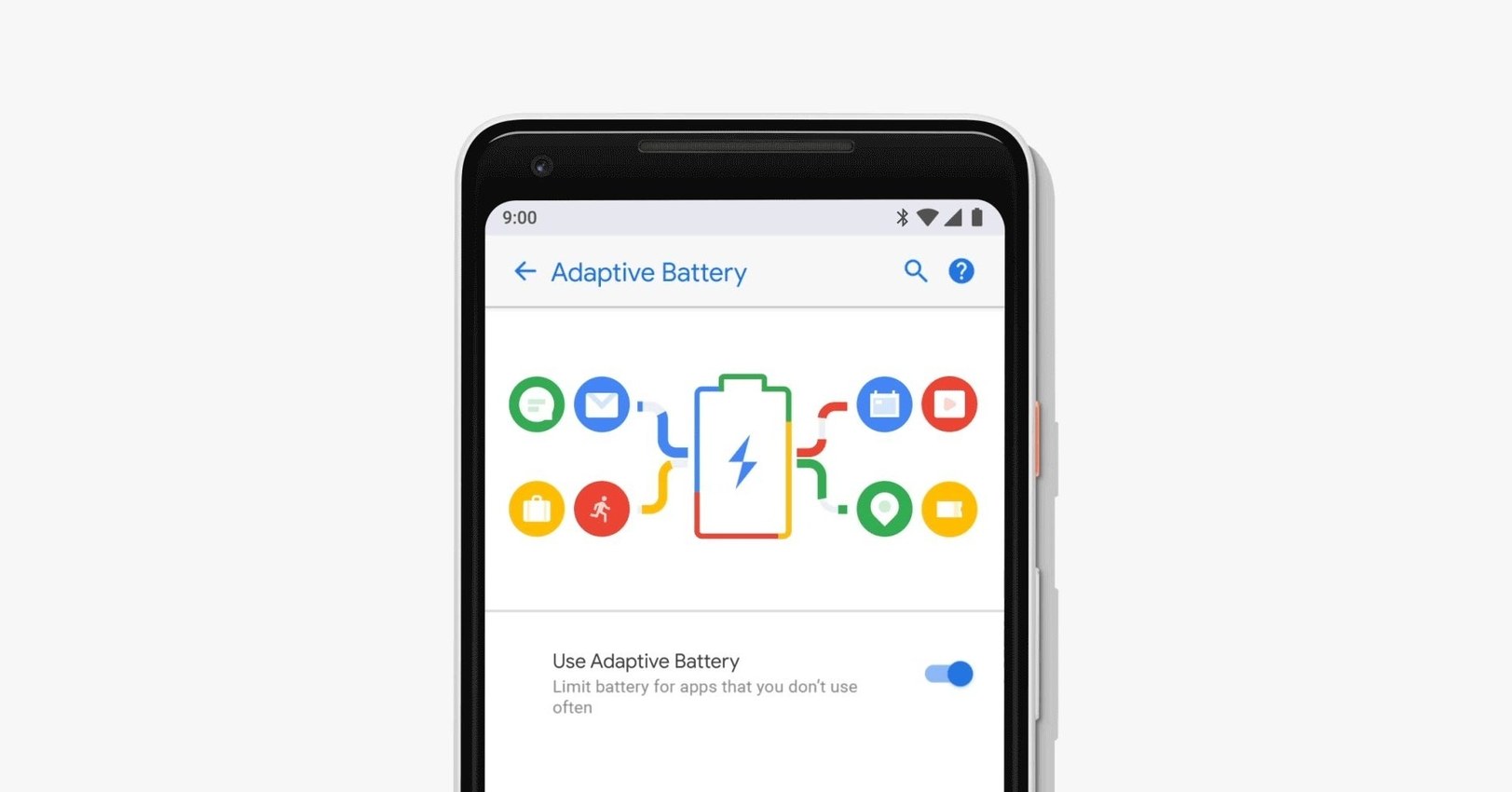Les micro-influenceurs, nouvelle poule aux oeufs d’or ?
Spontanés, authentiques, experts en leur domaine et peu ou pas payés pour leurs coups de coeur postés sur YouTube et Instagram, les micro-influenceurs ne cessent de gagner du terrain auprès des marques. Il y a deux ans, en 2016, Youtube avait été le théâtre d'une étrange vindicte. Sur leur chaîne dédiée, sur fond de lipsticks artistiquement mis en scène, de flacons de parfums et de bouquets de pivoines, les youtubeuses EnaolF, MyPrettyCherryBeauty, Sweetdivemakeup et Marjorie ne décoléraient pas. Toutes avaient reçu un mail identique d'Octoly déclarant leur chaîne « inéligible » faute d'une audience suffisante. La plate-forme proposant des partenariats entre grandes marques de beauté (Estée Lauder, Guerlain, Dior, Make Up For Ever, Anastasia Beverly Hills...) et youtubeuses beauté avait décidé de hausser d'un cran ses exigences. Là où Octoly se contentait jusqu'ici de 500 vues sur les vidéos où ces micro-influenceuses testaient puis commentaient les produits, un millier de vues était exigé à présent. Sinon... plus question de mettre sa « free-box » de produits à leur disposition. Deux ans plus tard, où en est-on ? La marketplace Octoly, créée en 2015, a prospéré. Elle revendique désormais 250 marques partenaires et 11.000 influenceurs qui leur font confiance représentant plus de 700 millions d'abonnés. Quant à ses conditions, elles se sont affinées : 5.000 abonnés minimum sur Instagram et 1.000 vues au terme de trente jours de diffusion. Mais quoi d'étonnant ? Dans un écosystème où l'avis des micro-influenceurs énoncé de manière spontanée, authentique, sans rémunération, est de plus en plus déterminant sur les intentions d'achat - renvoyant le placement de produits à l'ère des dinosaures -, leur profil et leur audience sont scrutés à la loupe. Les vidéos postées doivent rassembler au minimum entre 1.000 et 10.000 vues.









